When you take out a loan (in addition to a mortgage) in order to make a down payment, it’s called a silent second mortgage. And while a silent second mortgage may sound like a nice deal, there is a right and a wrong way to do it.
Below is a primer on silent second mortgages, the risks, pitfalls, and how to legally take out a second mortgage on a property should you need money for the down payment.
What Is A Silent Second Mortgage
A mortgage is a loan used to purchase a residence or piece of real estate. When a borrower takes on their first mortgage to buy a home, they get the money, but they also use the home as collateral to secure the loan.
A second mortgage is an additional mortgage on one piece of property. It is considered “silent” if that second mortgage or loan is used to secure down payment funds and then not disclosed to the original mortgage lender prior to closing. Failing to disclose a second loan to a lender is very illegal, and borrowers who fail to do so could be prosecuted.
How Do Silent Second Mortgages Work?
So, how do silent second mortgages work if they're illegal? Second mortgages themselves are commonplace and legal, but when borrowers try to hide loans taken out on a property, the legal boundaries get crossed. Even if you think this isn’t such a big deal, remember that lenders require borrowers to document where any down payment funds came from, so not disclosing a second mortgage (or blatantly lying about where the money came from) makes this practice illegal.
Silent second mortgages exist in the first place because borrowers often need funds to afford the down payment on a home. For example, Davis wants to buy a home for $200,000 but lacks the $40,000 needed for the 20% down payment. He doesn’t want to lose out on the home, so he takes out a loan from a private investor so it won’t appear on his credit report.
The bank has no idea he didn’t use his own money for the down payment, which makes this loan between Davis and the private investor a silent second mortgage, and because it wasn’t disclosed, it’s an illegal practice.
Why Are Silent Second Mortgages A Risk For Lenders?
During an expensive home purchase, the object being bought (the house) is the collateral. So, if another loan exists on the collateral, there will be a problem for the first lender, especially if they need to seize the home in the event of foreclosure. They can’t take clear ownership of the home during the foreclosure process if there are other outstanding liens on the property.
Disregarding the legal aspect, even though buying a house with no money down sounds like a great opportunity, a silent second mortgage is terrible news for homeowners too. With a second mortgage, a buyer is always taking on more debt, often at a higher interest rate than what comes with low mortgage rates, plus they end up paying more in interest over time and having two separate monthly payments.
Not to mention, with no real money down, a buyer will have to wait longer to earn true equity in the home.
How Can I Avoid A Silent Second Loan With A Down Payment Assistance Program?
There’s good news for borrowers who need money for a down payment (and this option is perfectly legal). Borrowers can avoid silent second mortgages by applying for a down payment assistance (DPA) program.
Currently, several down payment assistance programs are available through local and state governments, as well as at the federal level. If approved, these programs create a second mortgage on the home, but the lender knows about them and often works with them to incentivize buyers toward homeownership.
By pairing a first-time home buyer program with down payment assistance, you can skip the need for a silent second mortgage loan. For instance, let’s say you purchase a home through the Fannie Mae HomePath loan program. You would only need 3% for a down payment, so you could apply for a local or state grant that would cover the remaining balance. Or, if you use an FHA loan, your lender can help you find an assistance program that works for your situation.
How Do Down Payment Assistance Loans Work?
In order to receive down payment assistance, potential borrowers must meet specific program criteria that are often based on income, occupation, and credit score. However, the eligibility requirements and amount of assistance offered vary by state and program. But in a broad sense, here is how down payment assistance loans work:
The borrower receives a flat amount or a certain percentage of the purchase price in assistance.
The program creates a “soft” second mortgage on the property in exchange for money at closing. The term “soft” is used because the loan terms are incredibly favorable to borrowers; in other words, sub-market interest rates, lenient loan terms, and even full forgiveness in some instances.
If you receive a down payment assistance grant (as opposed to a loan), that’s great! Free money! Sometimes these grants are referred to as silent or “soft” second mortgages, but lenders also know about these, so they are not illegal.
Loans forgiven over time and with 0% interest loans are available through the down payment assistance programs. Still, you won’t know what you qualify for (or even what’s available) without researching or contacting your local Department of Housing and Urban Development (HUD) office.

